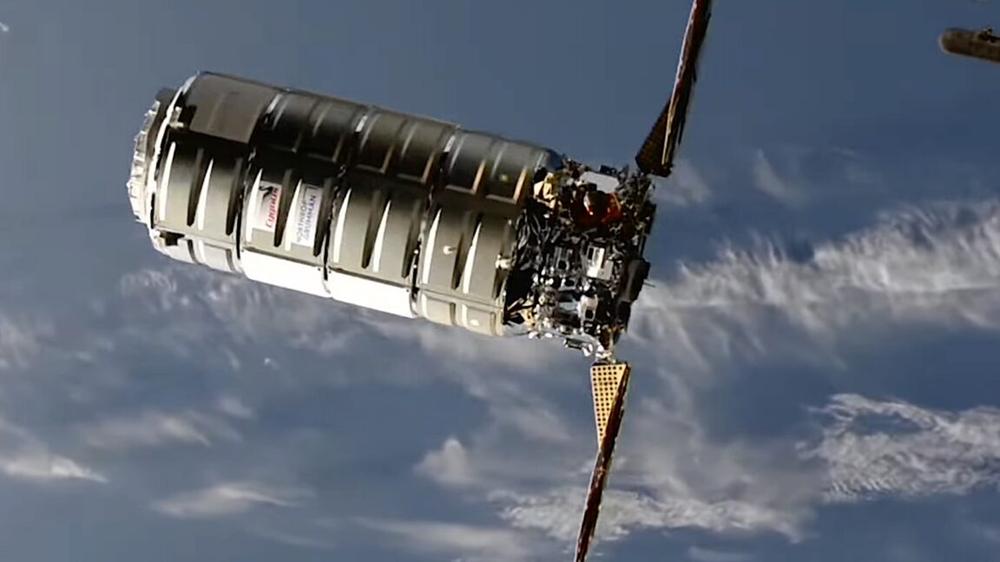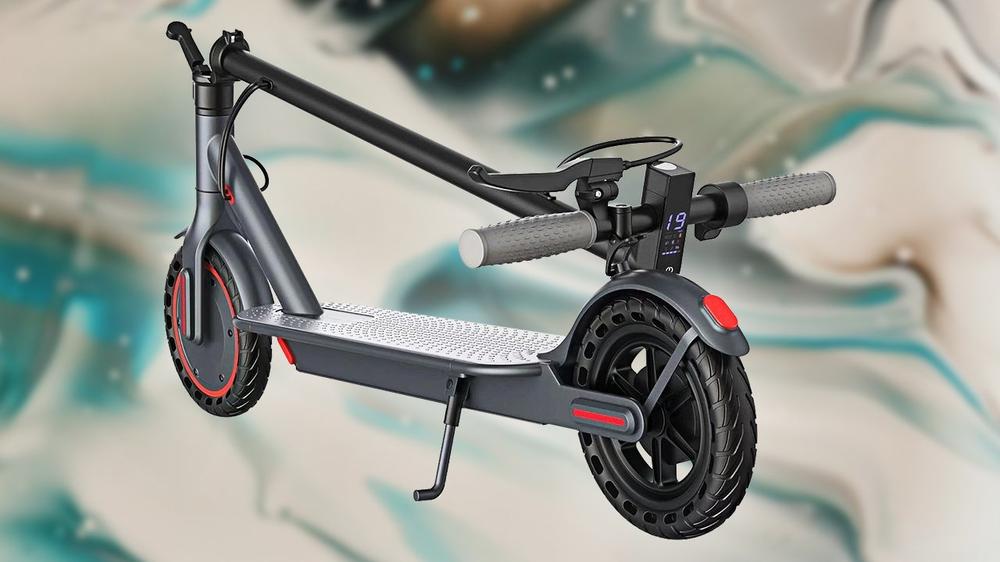Running a day late, Northrop Grumman's Cygnus XL cargo freighter pulled alongside the International Space Station on Thursday, delivering more than 5 tons of supplies and experiments to the lab's seven-person crew.
NASA astronaut Jonny Kim took control of the space station's robotic arm to capture the Cygnus spacecraft at 7:24 am EDT (11:24 UTC) on Thursday. A short time later, the robot arm positioned the spacecraft over an attachment port on the station's Unity module, and 16 bolts drove closed to create a firm mechanical connection with the ISS.
The Cygnus XL supply ship will remain at the station for up to six months, during which time astronauts will unpack the spacecraft's cargo module and refill it with trash. The Cygnus spacecraft will depart the station and head for a destructive reentry over the remote Pacific Ocean to conclude the mission.
No big deal
The commercial resupply mission began with an on-time launch from Cape Canaveral, Florida, on Sunday aboard a SpaceX Falcon 9 rocket. But the Cygnus spacecraft's journey from the launch pad to the ISS encountered trouble early Tuesday, when the ship's main engine shut down earlier than planned during two burns to fine-tune its approach to the space station.
NASA announced on Wednesday that the problem would prevent the spacecraft from reaching the ISS as scheduled. Engineers ultimately determined the engine's early shutdown was caused by onboard software designed to protect the spacecraft from a potential problem.
Data transmitted from the spacecraft back to Northrop Grumman's mission control center in Northern Virginia confirmed the engine itself operated normally. The premature engine shutdowns were triggered by a conservative software safeguard, according to NASA.
Operating under updated software parameters, the Cygnus spacecraft flew itself to within 30 feet of the space station early Thursday, close enough for Kim to use the robotic arm to reach out and grapple it.
This mission is the first flight of Northrop Grumman's upgraded Cygnus XL spacecraft, with a cargo module 5.2 feet (1.6 meters) longer than the previous version of Cygnus. This translates to a capacity to carry 33 percent more cargo. The supply load on this mission totals 10,827 pounds (4,911 kilograms), a NASA spokesperson told Ars.
The cargo includes food, oxygen, and nitrogen, and spare parts for the station's urine processor, which helps convert waste into fresh drinking water. The Cygnus spacecraft also delivered a new navigation aid to be mounted outside the space station to help future crew and cargo ships guide themselves toward the complex.
Among other things, research hardware aboard the Cygnus XL spacecraft will study the production of semiconductor crystals in microgravity and demonstrate a new way to keep cryogenic propellants properly conditioned during long-duration spaceflight.

 This 350W Electric Scooter Has a Top Speed of 19mph for Well Under $150
This 350W Electric Scooter Has a Top Speed of 19mph for Well Under $150